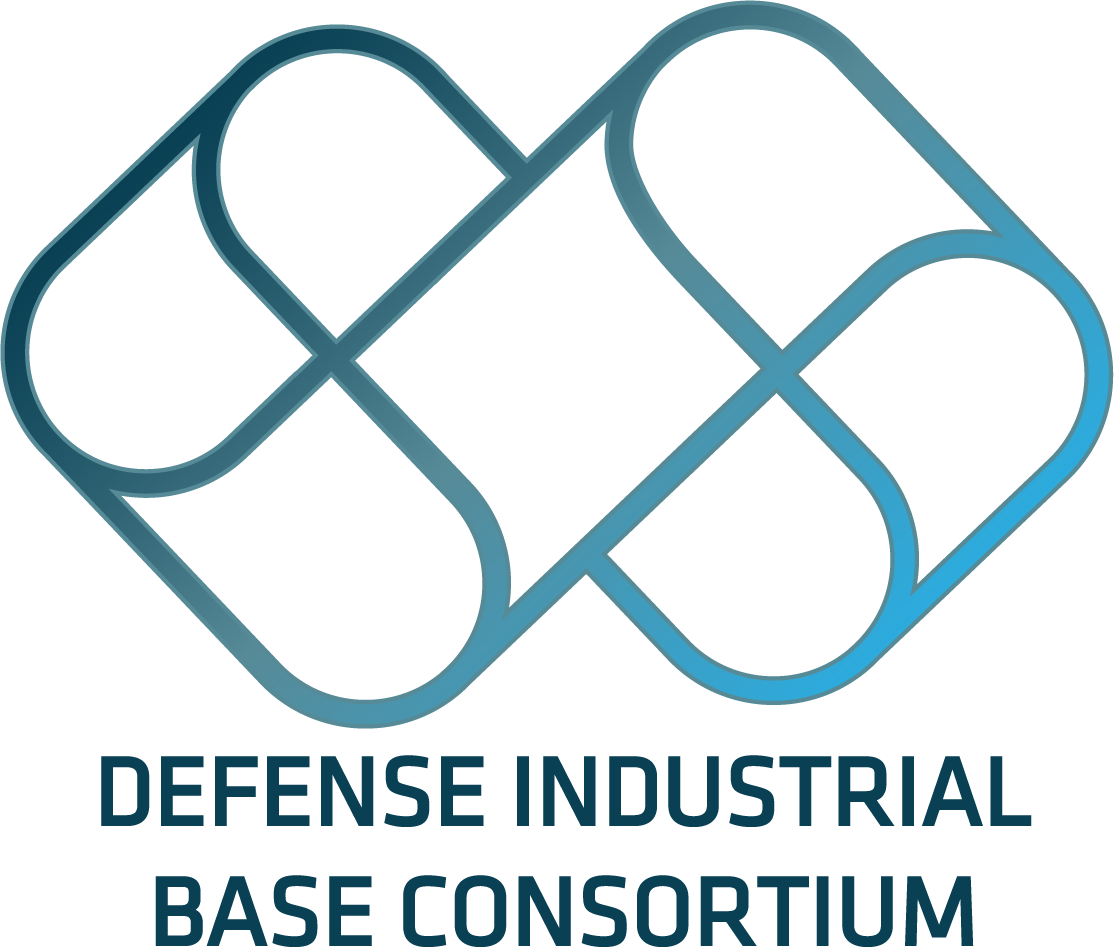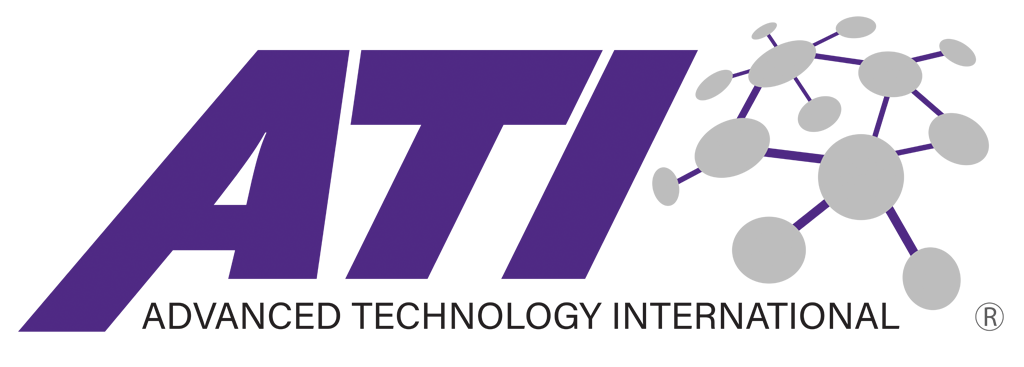What is an OTA?
An “Other Transaction Agreement” or “Other Transaction Authority” (OTA) is a streamlined vehicle that brings innovative research findings and state-of-the-art prototypes from industry to the Federal Government. An OTA relieves some of the contractual burdens typically placed on contractors working for federal clients, making it possible for non-traditional contractors – small and emerging companies – to participate in technology development.
The Other Transaction (OT) consortium model is an “enterprise partnership” between the government and technology providers in a specific domain. The OT consortium model relieves some of the contractual burdens typically placed on contractors working for federal clients.
Why does the Government use OTAs?
- Unlike the FAR (Federal Acquisition Regulation), the OT-based consortium model allows government and industry to communicate more openly, from requirement generation to the proposal stage
- It affords greater technology and prototype acquisition speed, getting solutions to end users sooner
- It emphasizes engaging a diverse range of technology suppliers of all sizes, casting a wider net for capturing ideas and innovation
- OTAs enable faster contracting through long-term agreements between industry and Government that establish baseline terms and conditions (with the flexibility for negotiated modifications on a project-by-project basis)
The Basket Provision
The Basket Provision is another innovative acquisition tool that can be employed within OT-based Consortia. It is not uncommon for industry to propose technology development projects that cannot go forward due to a lack of available funding at the time the source selection decisions are made, despite being deemed valuable by the Government. It is also possible that proposed technology development projects may be valid and approved, but not necessary to accomplish immediate Government needs. In such cases, approved proposals can be held in an “electronic basket” for two or more years. This allows for subsequent award of the previously-approved proposal in the event of emerging urgent needs, interest in the proposal by a different funding sponsor, end-of-year sweep-up funds or subsequent year funding availability. The provision also eliminates costly, time-consuming start-from-scratch responses to new requirements or funding opportunities.
The basket provision benefits industry by:
- Increasing the chances that their proposal effort will not be in vain, even if it does not result in immediate work.
- Increasing the likelihood of business opportunities because Government may turn to the basket for ways to invest available year-end, sweep-up funding.
It benefits Government by:
- Providing a meaningful, pre-vetted slate of projects for funding that arrives after initial source selection
- Saving the time associated with duplication in the RPP and evaluation processes
Government Supported Pathway
- Single point of entry to innovative organizations
- Consortia average 80% new, emerging innovations
- Elimination of barriers normally encountered under the traditional contracting process (FAR)
- Rapid solution delivery through streamlined contract execution
- Alignment of requirements through collaboration that delivers tailored solutions
- Flexible, industry tailed competition and contract terms

